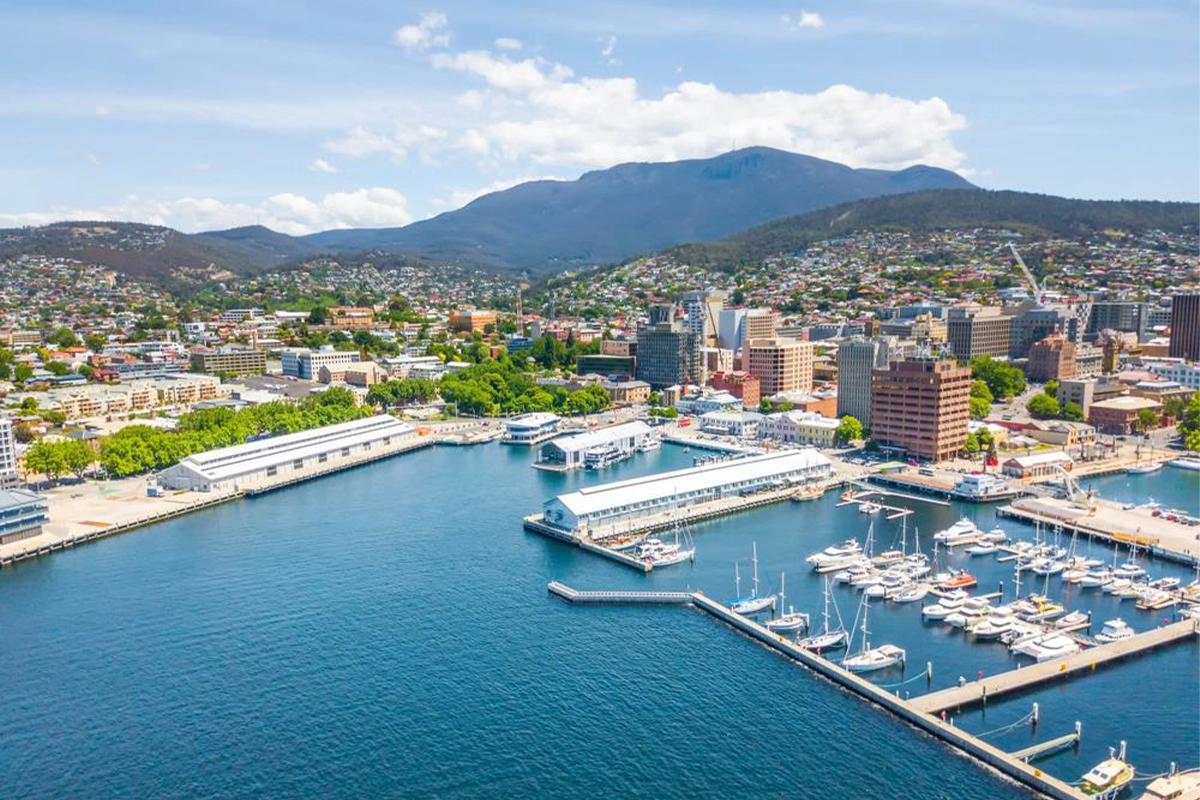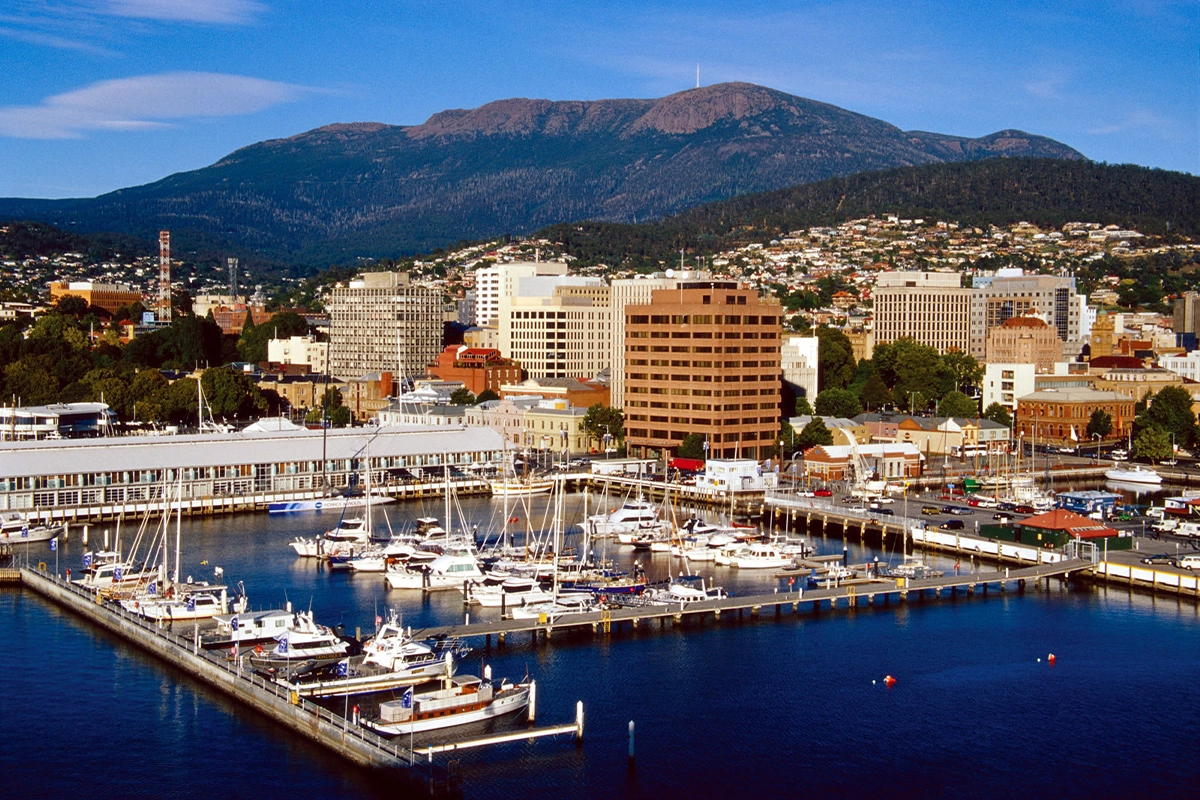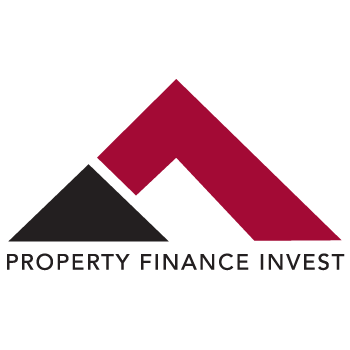
09 Aug Hobart Property Market Outlook: Growth, Opportunity, and Suburban Hotspots
Hobart Property Market Outlook: Growth, Opportunity, and Suburban Hotspots
As the Tasmanian government paves the way for the release of new housing land in Hobart and surrounding areas, investors are taking a renewed interest in the southernmost capital city. Hobart’s market has seen strong performance over the past decade, with consistent buyer demand, tight rental supply, and a lifestyle appeal that continues to attract both residents and investors alike.
In 2024, a shift in government policy and continued regional population growth have created a fresh wave of opportunities for property investors looking to tap into Tasmania’s evolving real estate market. From newly unlocked housing land to high-performing suburbs, Hobart is offering promising conditions for those seeking long-term growth and portfolio diversification.
Hobart’s Market Landscape: Resilience and Momentum
Hobart has long been one of Australia’s most affordable capital cities, but over the last ten years, it has emerged as a strong performer in property value growth. Driven by a mix of interstate migration, lifestyle appeal, and undersupply of housing stock, Hobart has experienced substantial price gains—particularly in key suburbs with proximity to the CBD, coastlines, or education hubs.

Despite a national softening in property markets during 2022–2023, Hobart remained relatively resilient. Recent CoreLogic and Canstar reports indicate the market has stabilised, with select suburbs beginning to show renewed growth potential as interest rates hold steady and buyer confidence returns.
This resilience has been underpinned by low vacancy rates across Greater Hobart. According to SQM Research, vacancy rates remain well below 1%, highlighting ongoing demand for rental accommodation—especially in areas close to universities, employment hubs, and transit corridors. For investors, this presents a favourable rental yield environment coupled with potential for capital growth.
Unlocking Land Supply: 10,000 New Homes for Greater Hobart
In a major move to ease housing pressures and support urban growth, the Tasmanian Government has announced plans to unlock land for up to 10,000 new homes across Greater Hobart. The initiative, which spans across key growth areas such as Brighton, Sorell, and the Northern Suburbs Transit Corridor, is designed to meet increasing housing demand while supporting population growth and regional development.
The strategy focuses on fast-tracking housing supply by rezoning government-owned and strategic private landholdings. In addition to providing new housing opportunities, the plan also aims to create better-connected communities through integrated infrastructure planning and sustainable urban design.
For property investors, this development signals increased opportunity in surrounding growth corridors—especially those earmarked for future infrastructure upgrades. The early identification of these areas allows investors to consider land banking strategies or explore off-the-plan acquisitions aligned with future demand.
High-Performing Hobart Suburbs in 2024
While new land releases are expanding the future potential of Hobart’s outskirts, several existing suburbs continue to rank highly for performance, liveability, and investment potential.
1. West Hobart
A long-time favourite for professionals and families, West Hobart remains one of the city’s most desirable postcodes. With its heritage character, proximity to the CBD, and vibrant local café scene, the suburb enjoys strong owner-occupier appeal. Median house prices currently sit around $1.1 million, reflecting high demand and limited stock. While entry costs are higher, investors are drawn to consistent capital growth and high-quality tenants.
2. Mount Nelson
Just 10 minutes from the city and with sweeping views of the River Derwent, Mount Nelson continues to perform well with families and professionals seeking space and lifestyle. The suburb’s proximity to the University of Tasmania also makes it appealing for academic staff and students, contributing to a healthy rental market.
3. Bellerive
Situated on Hobart’s eastern shore, Bellerive combines coastal lifestyle with urban convenience. Strong infrastructure, local amenities, and access to the city via the Tasman Bridge have helped Bellerive retain its appeal. Median house prices hover around $870,000, and the suburb continues to deliver reliable rental yields and low vacancy rates.
4. Kingston
As one of Hobart’s largest outer suburbs, Kingston has emerged as a family-friendly growth hub. With new developments, retail amenities, and schools, the area is attracting young families and first-home buyers. Median prices are still relatively affordable—around $700,000—providing potential for capital appreciation as infrastructure projects continue.
5. Brighton
With the announcement of major land releases and infrastructure investment, Brighton has become a focal point for growth. Previously considered a fringe suburb, Brighton is now a strategic growth area, especially for investors eyeing affordable entry points and future development potential. Median prices remain below $600,000, and future housing supply will likely be accompanied by new transport links and amenities.
Strategic Considerations for Investors
When assessing the Hobart market, several factors should be considered:
- Supply vs. Demand: While land releases will increase supply, Hobart’s population growth and limited construction capacity may maintain housing pressure in the short to medium term.
- Infrastructure Investment: Areas aligned with upcoming transport projects or rezoning initiatives—such as the Northern Suburbs Transit Corridor—may benefit from increased connectivity and desirability.
- Rental Yield Potential: Suburbs with low vacancy rates and strong tenant demand, particularly those near universities or employment precincts, may offer stronger cash flow outcomes.
- Affordability and Growth: While premium suburbs like West Hobart provide long-term capital growth, emerging areas such as Brighton and Kingston offer more accessible price points with potential upside.
A Balanced Outlook
Hobart’s market continues to be shaped by evolving policy, infrastructure expansion, and demographic shifts. The recent announcement of 10,000 new homes is a significant step towards meeting long-term demand, while still maintaining a healthy environment for investors.
As one of Australia’s smaller but dynamic capital cities, Hobart presents a balanced mix of opportunity and livability. While high-performing suburbs continue to show strong fundamentals, growth corridors offer potential for those seeking emerging markets.
Final Thoughts
For property investors considering regional diversification or capital city opportunities outside of traditional markets, Hobart represents a compelling option. With a proactive government approach to housing, ongoing demand for quality accommodation, and a lifestyle offering that continues to draw new residents, Tasmania’s capital remains firmly on the investment radar.
Understanding the nuances of suburb performance, infrastructure planning, and policy developments is key to making informed property decisions. As the Hobart market evolves, identifying and aligning with areas of strategic growth may unlock long-term benefits for investors across Australia.


